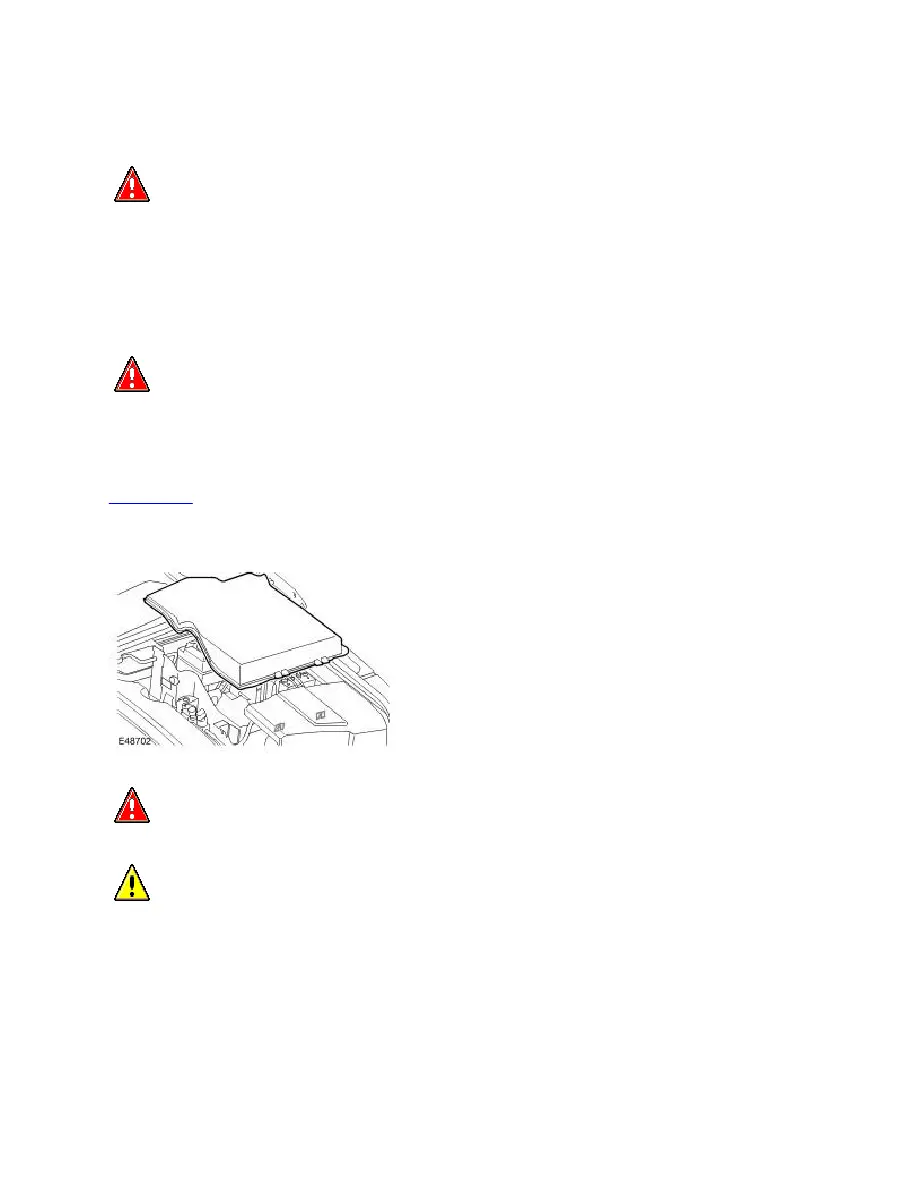LR3/Disco 3

Brake System Pressure Bleeding (70.25.02)
NOTE:
1.
Raise and support the vehicle.
2. Check that all the brake line connections are tight and that there are no signs of leaks.
Specifications
3. Release the 3 clips and remove the cover.
4.
Fill the brake fluid reservoir to the MAX mark.
5. Install the bleed tube to the brake caliper bleed screw and immerse the free end of the bleed tube in a bleed jar
containing a small quantity of approved brake fluid.
6. Starting at the brake caliper furthest away from the brake master cylinder, loosen the bleed screw by one-half turn.
7.
Published: Jul 26, 2004
WARNING: If any components upstream of the Hydraulic Control Unit (HCU), including the HCU itself are
replaced, the brake system must be bled using the procedure on T4, to ensure that all the air is expelled from
the new component(s).
The following procedure covers bleeding the complete system. Where only the primary or secondary brake circuits
have been disturbed in isolation, it should only be necessary to bleed that circuit. Partial bleeding of the hydraulic
system is only permissible if a brake tube or hose has been disconnected with only minimal loss of fluid.
WARNING: Do not work on or under a vehicle supported only by a jack. Always support the vehicle on
safety stands.
WARNING: Do not allow dirt or foreign liquids to enter the reservoir. Use only new brake fluid of the
correct specification from airtight containers. Do not mix brands of brake fluid as they may not be compatible.
CAUTION: Brake fluid will damage paint finished surfaces. If spilled, immediately remove the fluid and
clean the area with water.
